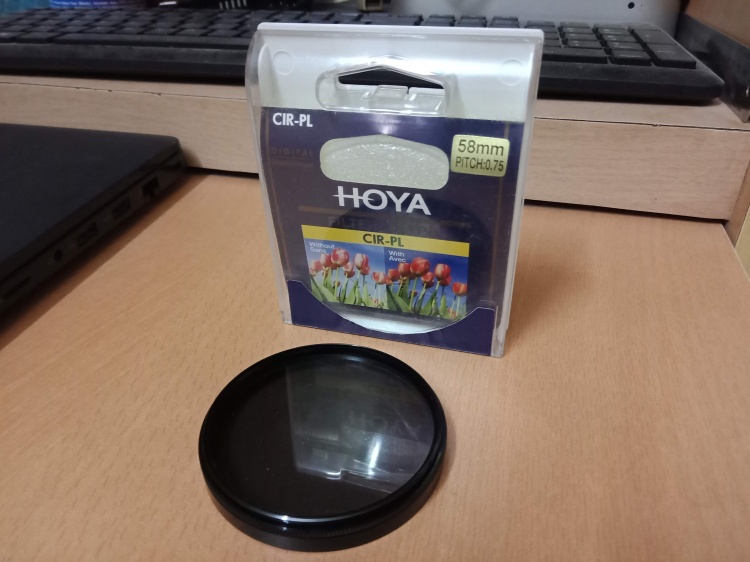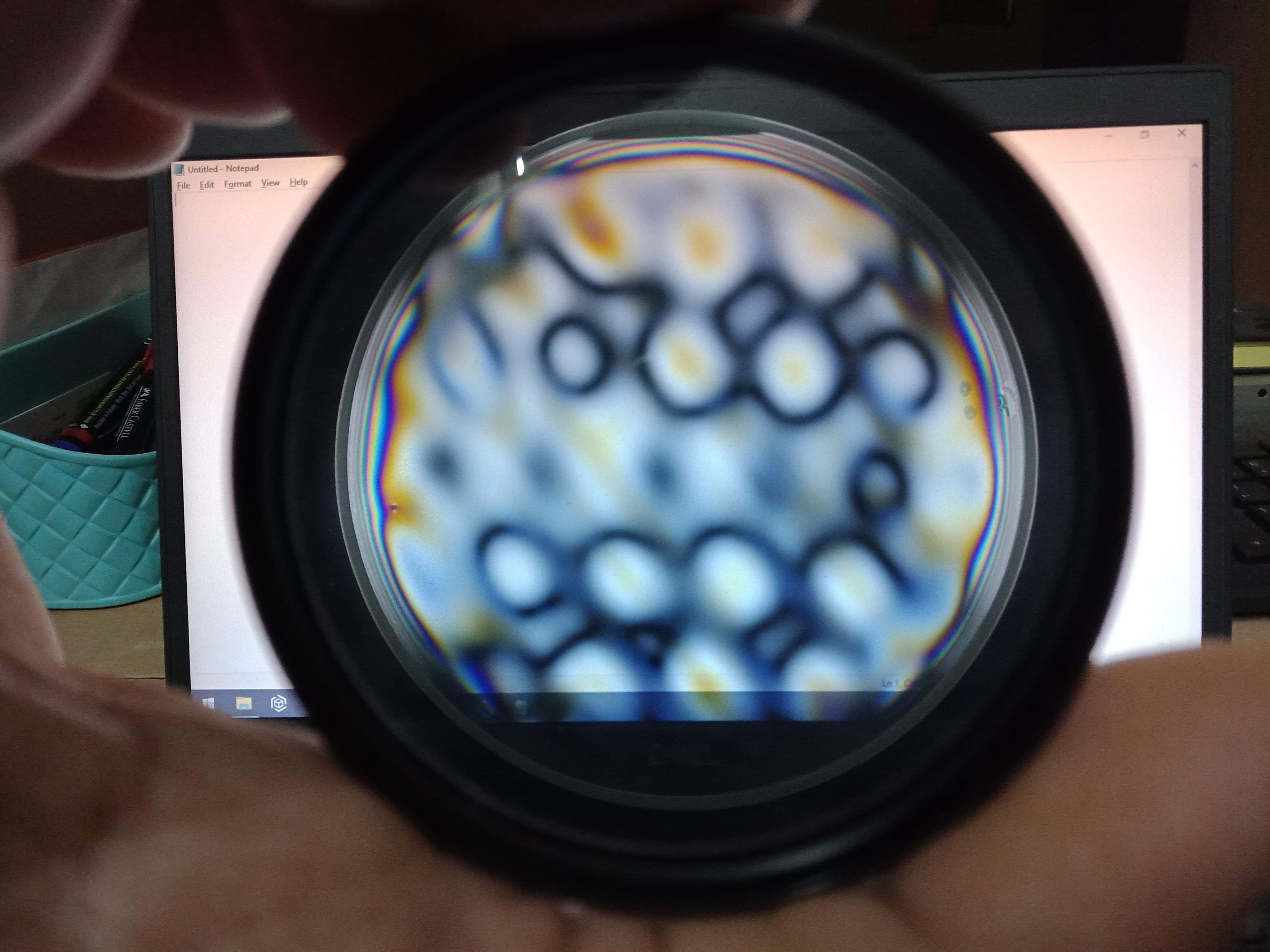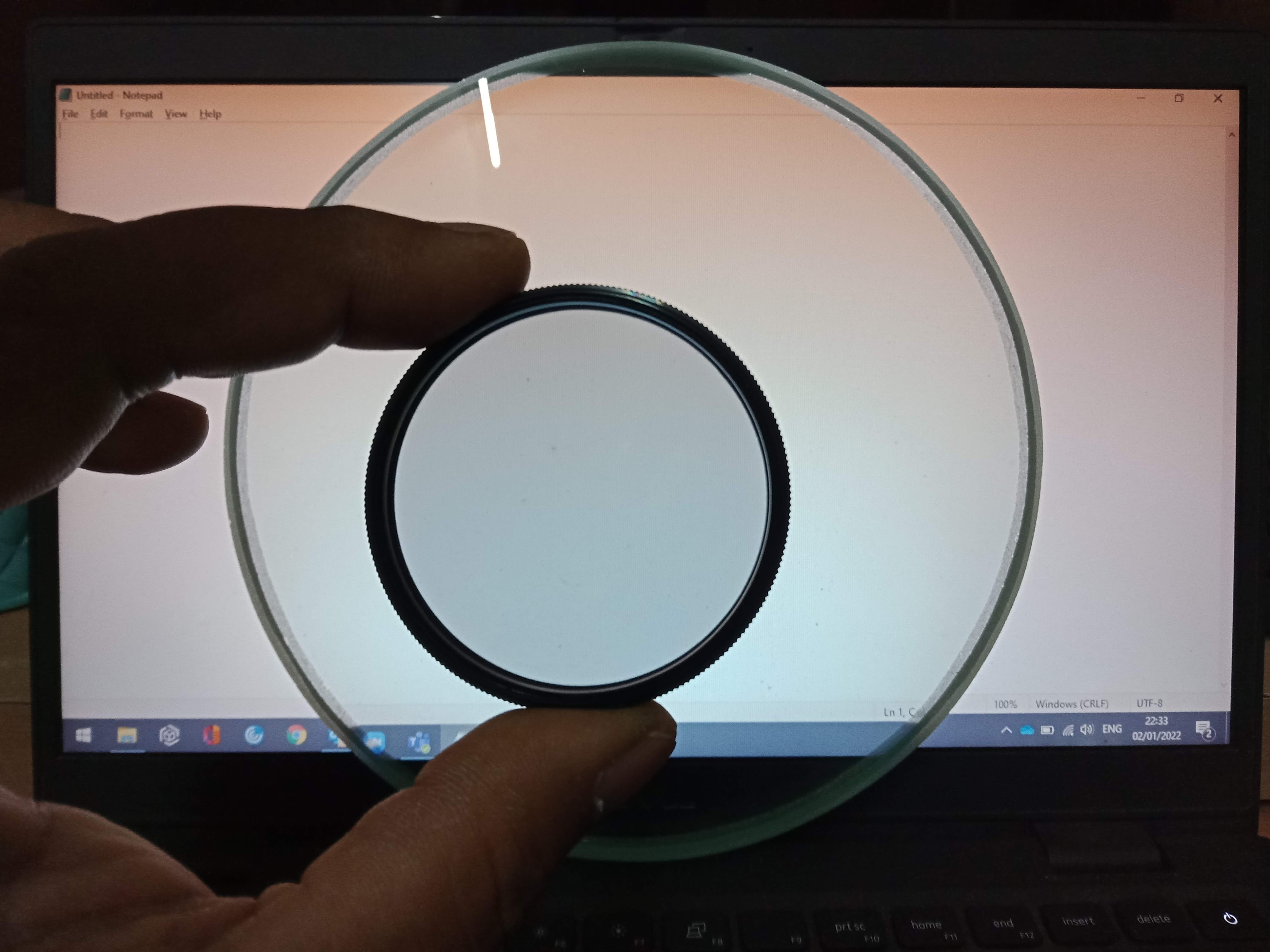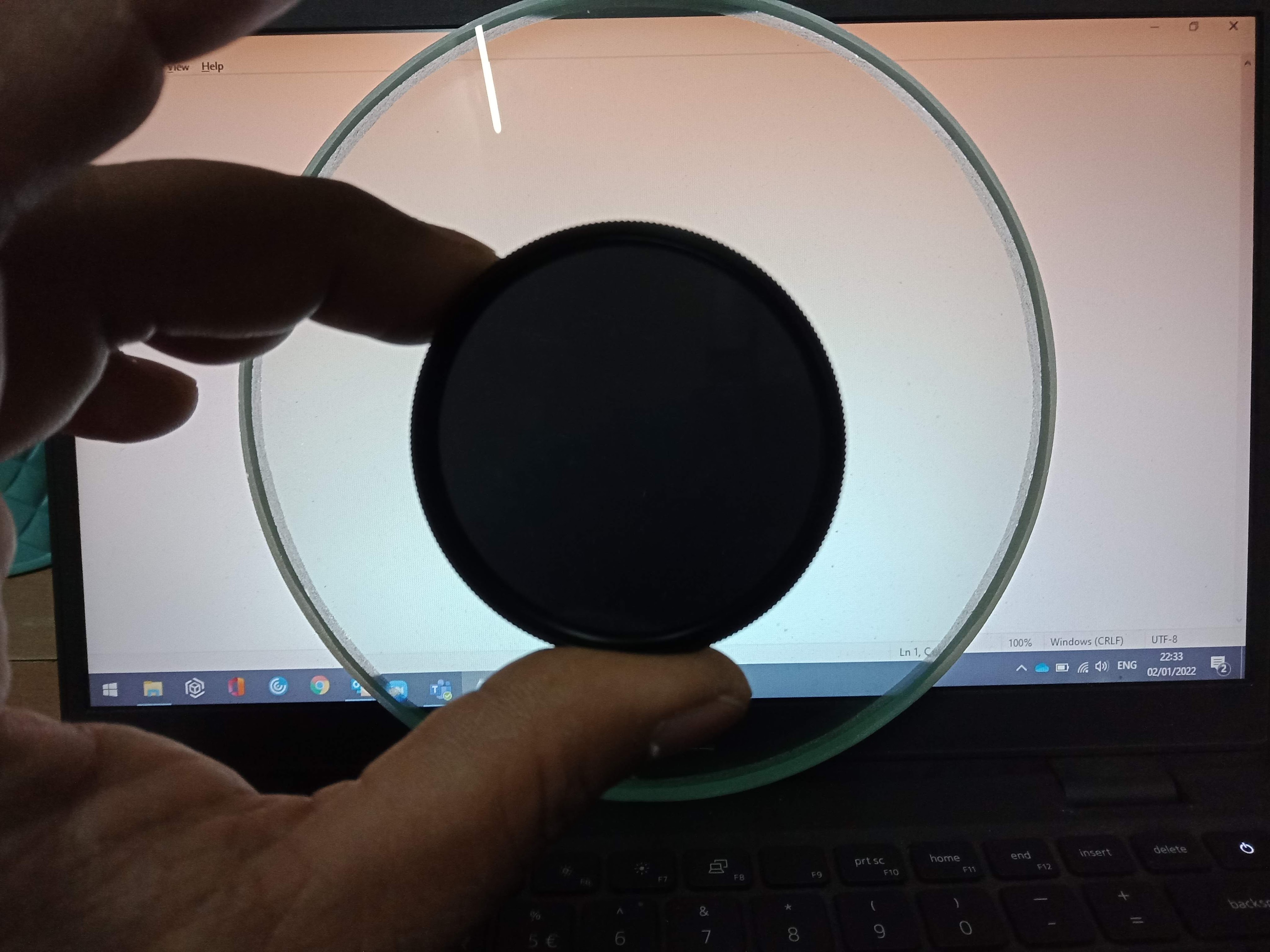In one of the recent discussions in the Indian ATMs WhatsApp group, there was a discussion about using the plate or toughened glass as a mirror blank. So in this post, I am putting forward my thoughts and how you can check whether a glass is toughened/tempered or not.
A disclaimer though, I have personally used toughened glass to make my 6 inch and 8-inch mirrors as it was the only available option when I started working 20 years ago. When I started making my first mirror (6″ F/8) way back in the year 2000, there was almost no one in the market who could cut a glass slab round especially from a thicker glass slab. Also, the availability of more than 12 mm thick glass was impossible to none in smaller cities. I see this situation is not improved even after 20+ years!
Fortunately, I could find a glass vendor in Mumbai who was able to provide me a 150 mm diameter, 19 mm thick glass blank. At that time I had no knowledge of tempered glass and its use in various industries as a sight glass. So without any knowledge about the glass type, I started working on my mirror.
Please note that a normal glass is made toughened by heating and cooling it rapidly. This process puts the glass’s internal and external surfaces under tension and makes it 4-5 times stronger than normal glass. Almost every glass you see around whether used for glass tabletop, stove cooktop, window glass, door glass, fridge glass shelves, car windshield, glass facades of the buildings, etc are all toughened/ tempered glass.
Fast forward to the year 2020, I completed my mirror and I find it performs exceptionally! See the moon and planets video taken by my 6″ F/8 mirror on my YouTube channel.
Now let’s come back to the topic. What kind of glass you should be using? The answer is fine annealed glass.
Why? because it will expand or contract more homogenously when the temperature changes. And exactly because of that same reason, it can maintain the fine parabolic curve on the mirror long enough.
A tempered or toughened glass may not maintain that fine parabolic curve and may warp in shape over a period of time. Warping will induce astigmatism in the mirror. Please note that I don’t have any factual data to support this negative reputation about the tempered or toughened glass. This knowledge is coming from the experts and if I will live long enough, I may be able to tell you if my toughened glass mirror has degraded in its performance or not 😉
Nowadays, the quality of commonly available plate/float glass is quite good and it can be used to make a very good quality mirror. Just ensure your vendor doesn’t send the blank for toughening after cutting it from the float glass sheet 😉
How to test?
Now let me tell you how to test whether a glass is toughened or not. You just can not see the stress inside of the glass with bare eyes. You will need a polarizing light source and a polarizing filter.
In the below images you can see I used my laptop screen as a polarizing light source. You can use any LCD screen (including your mobile screen) for this purpose. Set a white background on the screen for this test. I simply opened the Notepad application on my laptop to fill the entire screen with white pixels.
For the polarizing filter, I used Hoya circular polarizing filter which I use for my photography hobby. You can instead use a polarized sunglass if you have one.

Now place the mirror on the laptop screen and see it through with the polarizing filter. Without any effort, you can see the strains in the glass if it is toughened or tempered. Rotate the filter to see the strength of the tempering from various angles. The below images are showing the strain of an 8 inch toughened glass blank.






Now let’s check a normal float glass blank. You can see from the below images that this blank doesn’t have any internal stress. A very good sample!



I made a video of the entire testing which you can see and understand better.
Some afterthoughts
Please note, I have my own opinion which is not changed over the years. It is about when a decision has to be made by an amateur for the selection of raw materials. There are many places in the World (including India) where the availability of mirror-making supplies is scarce. I would always say if you don’t have what you need (plain fine annealed glass) then you use whatever you can get (toughened glass) and that’s the spirit of real DIY. Amateurs living outside of the USA are usually faced with the problem of unavailability of the right resource/raw materials. So using whatever best you can get in your home country is the only right solution.
Thank you!
